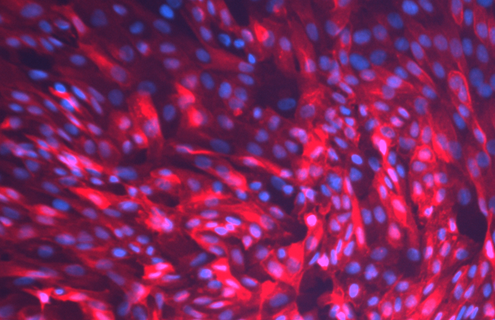Functional models for exploring the ADME of a new chemical entity
Testing for absorption, distribution, metabolism, and excretion (ADME) is crucial to moving your product to market. Get closer results to those observed in vivo and rule out possible toxicities faster by using our entire ADME portfolio, featuring our hTERT-immortalized renal transport protein-expressing kidney cells. ATCC is here to support your metabolic stability, metabolite identification, and drug-drug interaction assays with our neurological and renal cell models.
- Neural Progenitor Cells – Ideal in vitro cell models, these can be induced to differentiate into 3 different early neuron stages
- Renal Kidney SLC Transporter Cells – Can be used to monitor the renal solute transport of compounds or assess the renal toxicity of novel agents.
Read our application notes
Human iPSC-derived Neural Progenitor Cells
Explore the differentiation of neural progenitor cells into multiple neuron types and the use of these cells in toxicological studies.
Renal Solute Carrier Uptake Models
Learn more about the creation and application of hTERT-immortalized human primary RPTECs that stably express the OAT1, OCT2, or OAT3 proteins.
Explore our products for preclinical toxicology

Neural Progenitor Cells
Optimized cell lines are essential for testing the neurotoxicity of new chemical entities. ATCC offers a complete system of normal and Parkinson's disease tri-lineage–capable, neural progenitor cells (NPCs), lineage marker–labeled NPCs, and expansion and differentiation media. Work with differentiating or terminally differentiated neurons, astrocytes, and oligodendrocytes much sooner—yield experimental results faster.
Order neural progenitor cells
Renal SLC Transporter Cells
Toxicologists struggle to find kidney models with high physiological relevance and inter-experimental reproducibility. To fulfill this need, ATCC scientists have created biologically functional renal epithelial tubule cells using a well-characterized hTERT-immortalized RPTEC that stably overexpress the OAT1, OCT2, or OAT3 gene; these modified cells provide kidney tissue-relevant results, improved consistency over time, and predictability for clinical trials.
Order renal SLC transporter cells
